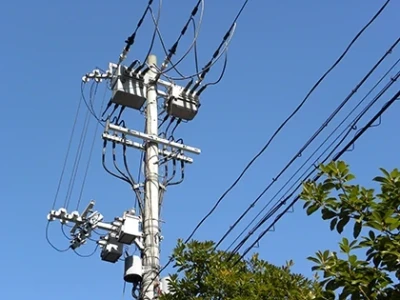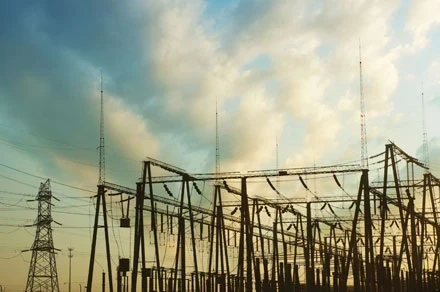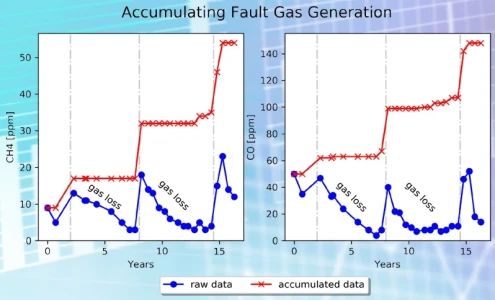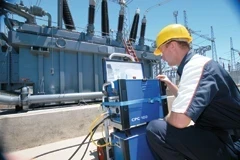The Truth About Cast-Resin Transformers

Debunking the myths surrounding aluminum usage
BY SCOTT MAY, VIJAI NARAYANAN, ANDREW LAWLESS, Siemens
Much has been written about the use of aluminum versus copper for transformer conductors within the electrical industry. Aluminum conductors have been used successfully in the electrical industry for more than 100 years; unfortunately, misconceptions about their applications still exist. In Europe, aluminum has been used as the standard material for cast-resin transformer windings for many decades.
However, following the residential branch circuit misapplications in the 1960s and 1970s in the U.S., the stigma against aluminum has negatively affected the acceptance of aluminum conductors for cast-resin transformers in the United States.
Currently, three main areas exist for which prevalent misunderstandings remain about the application of aluminum in transformers: electrical properties, thermal properties, and mechanical properties. Meanwhile, in the rest of the world, aluminum windings with cast-resin transformers have been used for a wide range of applications including wind turbines, power utilities, industrial facilities and, in demanding environments encountered in offshore oil platforms, refineries and foundries.









